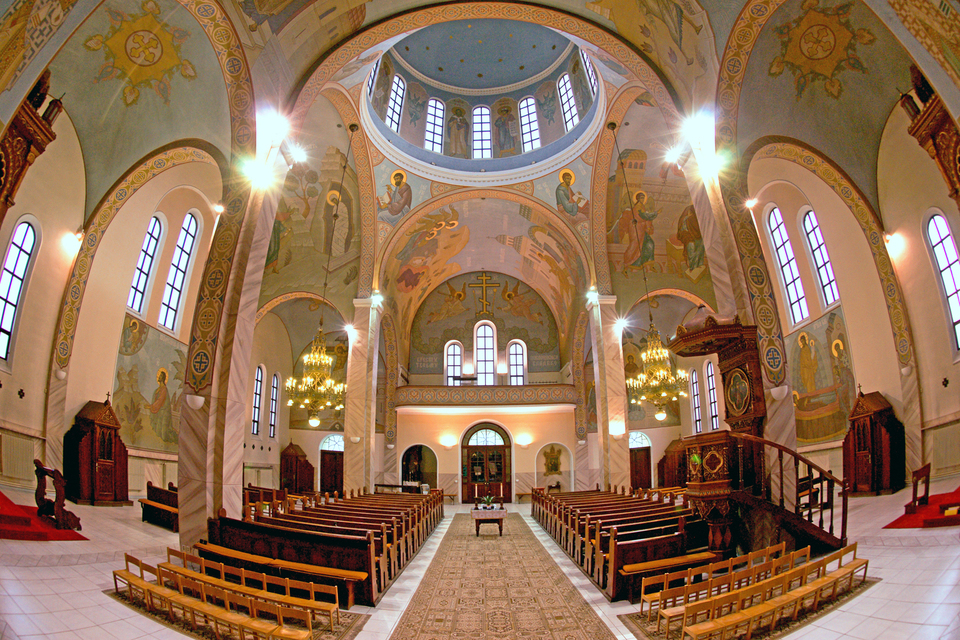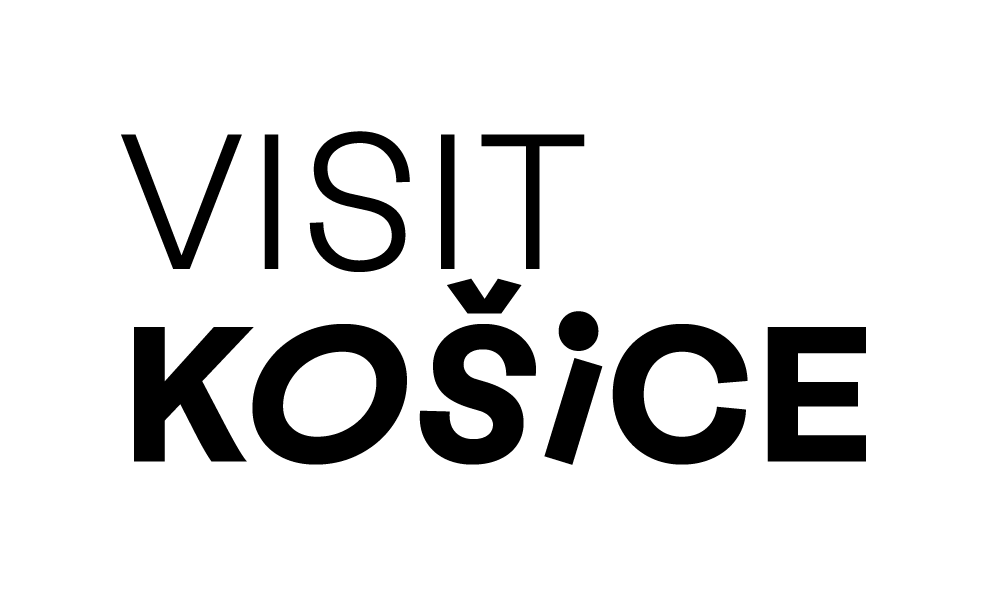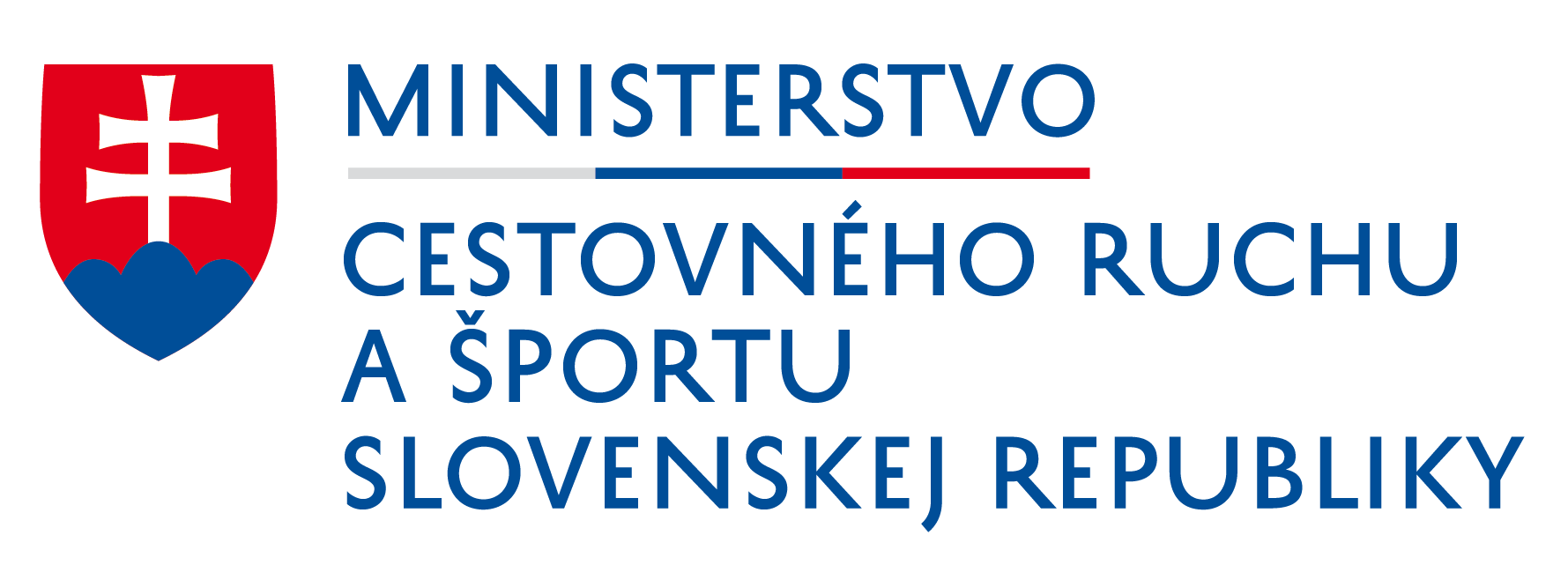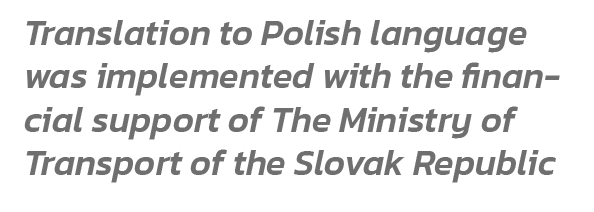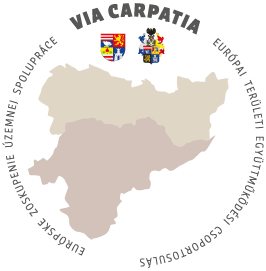Basilica of the Descent of the Holy Spirit
The Basilica of the Descent of the Holy Spirit in Michalovce is a minster and belongs to the area of Greek Catholic Redemptorists´ Church. The structure of the Basilica was built in 1930-1931. The Greek Catholic Redemptorists resided there in the autumn of 1931. On the 7th of September 1931 the Public Chapel had been consecrated in Monastery by Vicar of Eparchy of Mukachevo Alexander Stojka (1890-1943) and on 17th of September the Monastery itself had been consecrated by the Provincial Superior of Redemptorists in Galicia - Jozef Schrijvers (1876-1945). In the spacious monastery chapel (with dimensions 13 x 12 x 9 meters), there were masses for believers (in its position you can see a little dome with a cross on the roof by the edge of one of monastery wings). But shortly after this, the public chapel did not have a large enough capacity and one year after the consecration of the monastery, they had seriously considered building a new Basilica. Within the planning and preparations - in 1932 - the first faithful people started voluntarily bringing building material (sand and gravel). From the several plans available, the project of Ing. Vladimír Sičinský was finally selected. The construction itself had been provided according to rewritten plans by the builder Juraj Pridalrtus from Michalovce. Among Redemptorists, the most active had been Ján Cyril Zakopal - Provincial Superior of Michalovce (at that time the "driving engine" of the whole construction).
Regardless of the occurrence of an economic crisis, Redemptorists courageously started building the much-needed Basilica. By the beginning of 1934, handling of all necessary permits started and they started to dig the foundation on 2nd July 1934. The foundation stone was blessed by the Canon and Director of the Eparchial office in Uzgorod – Msgr. o. Alexander Jankovič. In line with plans, the Temple had to accommodate 1500 people, in addition to the choir and two vestries.
The pace of work exceeded expectations and construction progressed rapidly, mainly due to the dedication and support of the local population. In late autumn 1934, the construction was completed up to the rafters and the rough construction of the dome was finished using, modern technology at that time, poured concrete. By the end of 1934, the rough structure of the building was completed from the outside and they began to work also on the interior. On the 9th of April, 1935 they finished filling clay around the temple. On the 29th of April, Ján Fedorko consecrated the cross to be installed on the dome itself and on the 9th of August when tinsmiths installed a gold-plated dome, the entire construction and the contours of the new building were clearly visible. By the end of August 1935, the temple had been completed from the outside and soon thereafter the interior work was finished.


